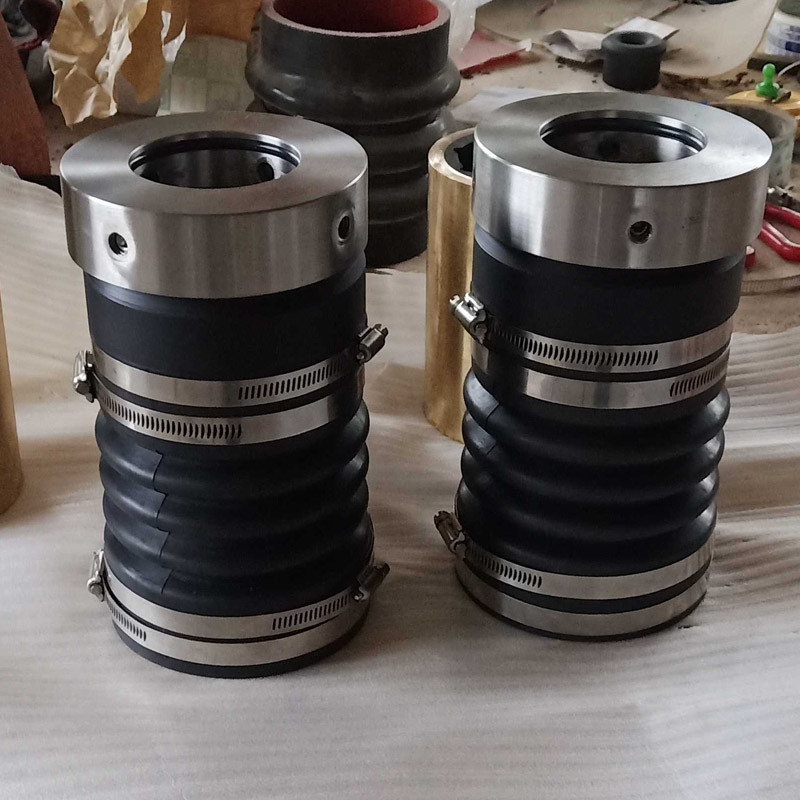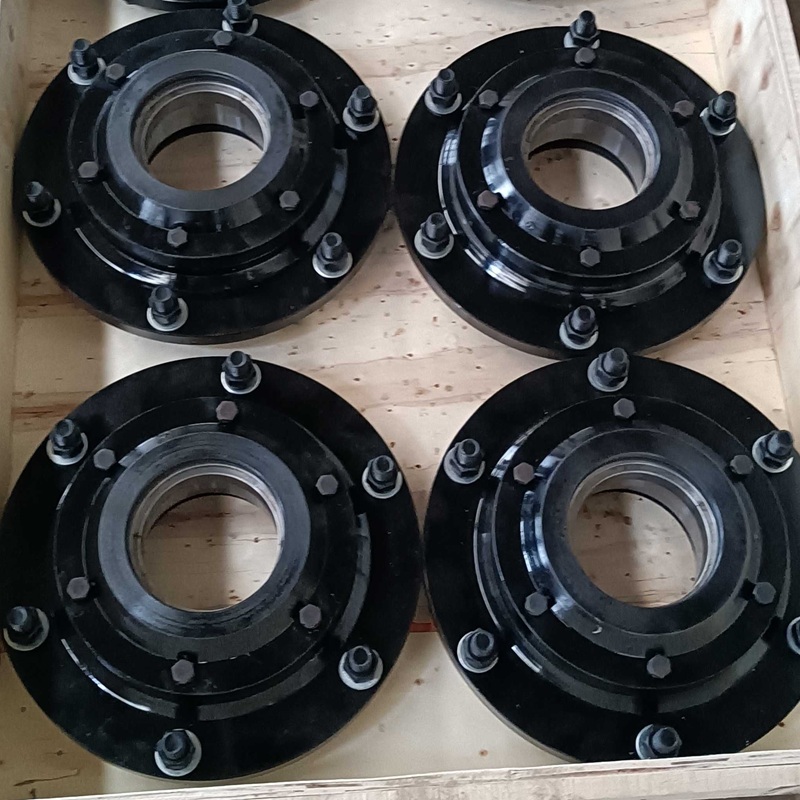Innovations in PSS Shaft Seal Technology: Navigating the Future of Marine Engineering
Release Time:
May 31,2025
Innovations in PSS Shaft Seal Technology: What You Need to Know Table of Contents 1. Introduction to PSS Shaft Seal Technology 2. The Importance of Shaft Seals in Marine Engineering 3. Traditional vs. Modern Shaft Seal Technologies 4. Latest Innovations in PSS Shaft Seal Technology 5. Benefits of Modern PSS Shaft Seals 6. Installation and Maintenance Best Practices 7.
Innovations in PSS Shaft Seal Technology: What You Need to Know
Table of Contents
- 1. Introduction to PSS Shaft Seal Technology
- 2. The Importance of Shaft Seals in Marine Engineering
- 3. Traditional vs. Modern Shaft Seal Technologies
- 4. Latest Innovations in PSS Shaft Seal Technology
- 5. Benefits of Modern PSS Shaft Seals
- 6. Installation and Maintenance Best Practices
- 7. Real-World Applications: Case Studies
- 8. Future Trends in Shaft Seal Technology
- 9. Frequently Asked Questions
- 10. Conclusion
1. Introduction to PSS Shaft Seal Technology
Shaft seals play a crucial role in the realm of marine engineering, ensuring that the integrity of marine vessels remains intact while operating in challenging aquatic environments. PSS (Pusher Seal System) shaft seals represent a significant advancement in this area, designed to minimize water ingress and enhance the longevity of marine propulsion systems. In an industry where reliability and safety are paramount, understanding the innovations in PSS shaft seal technology can profoundly impact operational efficiency and maintenance costs.
2. The Importance of Shaft Seals in Marine Engineering
The primary function of shaft seals is to prevent water from entering the vessel through the propeller shaft, which extends through the hull. Without effective sealing, water can cause severe damage to the engine and other critical systems. This section explores the essential role of shaft seals and their impact on vessel performance, safety, and operational costs.
A reliable shaft seal system not only extends the life of the propulsion unit but also enhances the overall safety of the vessel. Regular failures or leaks can lead to catastrophic accidents, making the choice of shaft seal technology a crucial decision for marine engineers and ship operators.
3. Traditional vs. Modern Shaft Seal Technologies
Historically, traditional shaft seals, such as packing glands and mechanical seals, have been widely used in marine applications. However, these systems often require frequent maintenance and adjustments, leading to increased downtime and operational costs.
In contrast, modern PSS shaft seals leverage innovative materials and designs that reduce maintenance needs and improve sealing performance. Here, we will delve into the key differences between traditional and modern technologies, highlighting the advantages of the PSS approach.
3.1 Traditional Shaft Seals
Traditional seals often rely on a packing material that can wear down over time, resulting in leaks. Regular adjustments are essential to maintain their effectiveness, which can be labor-intensive.
3.2 Modern PSS Shaft Seals
PSS technology introduces a more reliable and efficient sealing method. It utilizes a unique design that incorporates a flexible lip seal, which adapts to the shaft's movement while providing a robust barrier against water ingress. This section will detail how modern seals outperform their predecessors in terms of longevity, reliability, and ease of maintenance.
4. Latest Innovations in PSS Shaft Seal Technology
The marine industry is continually evolving, and PSS shaft seal technology is no exception. Recent innovations have focused on enhancing the durability and efficiency of shaft seals.
4.1 Improved Materials
The latest PSS seals are manufactured using advanced materials that resist corrosion, wear, and environmental damage. These materials are designed to withstand the harsh marine environment, ensuring long-lasting performance.
4.2 Enhanced Design Features
Innovative design features, such as self-adjusting seals and integrated monitoring systems, are becoming increasingly common. These enhancements allow for real-time monitoring of seal conditions, leading to proactive maintenance strategies.
4.3 Eco-Friendly Solutions
As environmental concerns grow, the marine industry is shifting towards more sustainable practices. New PSS technologies are being developed with eco-friendly materials that minimize environmental impact while maintaining performance.
5. Benefits of Modern PSS Shaft Seals
Modern PSS shaft seals offer numerous advantages over traditional systems, which can significantly impact the operational efficiency of marine vessels.
5.1 Reduced Maintenance Costs
One of the most significant benefits of PSS shaft seals is the reduction in maintenance requirements. With fewer components to service and the ability to withstand harsh conditions, these seals lower overall maintenance costs.
5.2 Enhanced Reliability
PSS seals provide a superior sealing solution, dramatically reducing the risk of leaks. This reliability is crucial for ensuring the safety and performance of marine operations.
5.3 Improved Efficiency
By minimizing water ingress, PSS shaft seals enhance the efficiency of propulsion systems. This efficiency translates into better fuel consumption and reduced operational costs.
6. Installation and Maintenance Best Practices
Proper installation and maintenance are critical to maximizing the effectiveness of PSS shaft seals. This section will outline best practices for installation, including alignment techniques and setting the correct torque values, as well as maintenance tips to prolong seal life.
7. Real-World Applications: Case Studies
Understanding how PSS shaft seal technology is applied in real-world situations can provide valuable insights into its effectiveness. This section presents several case studies that illustrate the benefits of adopting modern PSS technology in various marine applications.
8. Future Trends in Shaft Seal Technology
The future of PSS shaft seal technology looks promising, with ongoing research and development focused on further enhancements. This section will explore potential future innovations, including IoT integration for predictive maintenance, advanced materials science, and sustainability measures.
9. Frequently Asked Questions
9.1 What is a PSS shaft seal?
A PSS shaft seal is a modern sealing solution designed to prevent water ingress through the propeller shaft in marine vessels, utilizing advanced materials and designs for enhanced performance.
9.2 How does a PSS shaft seal differ from traditional seals?
PSS shaft seals offer improved reliability, reduced maintenance needs, and better resistance to harsh marine conditions compared to traditional packing glands and mechanical seals.
9.3 What are the advantages of using PSS shaft seals?
The key advantages include lower maintenance costs, enhanced reliability, and improved efficiency in marine propulsion systems.
9.4 How often should PSS shaft seals be inspected?
Regular inspections are recommended, typically during routine maintenance schedules, to ensure optimal performance and identify any potential issues early.
9.5 Are PSS shaft seals eco-friendly?
Many modern PSS shaft seals are designed with eco-friendly materials and technologies, contributing to more sustainable marine operations.
10. Conclusion
The innovations in PSS shaft seal technology represent a transformative shift in marine engineering, offering significant benefits over traditional sealing methods. By understanding these advancements, marine professionals can make informed decisions that enhance the safety, reliability, and efficiency of their vessels. Embracing these technologies not only leads to operational excellence but also aligns with the industry's growing emphasis on sustainability and environmental responsibility. As we navigate the future of marine engineering, PSS shaft seals will undoubtedly play a vital role in shaping safer and more efficient maritime operations.
Keywords:
More information



